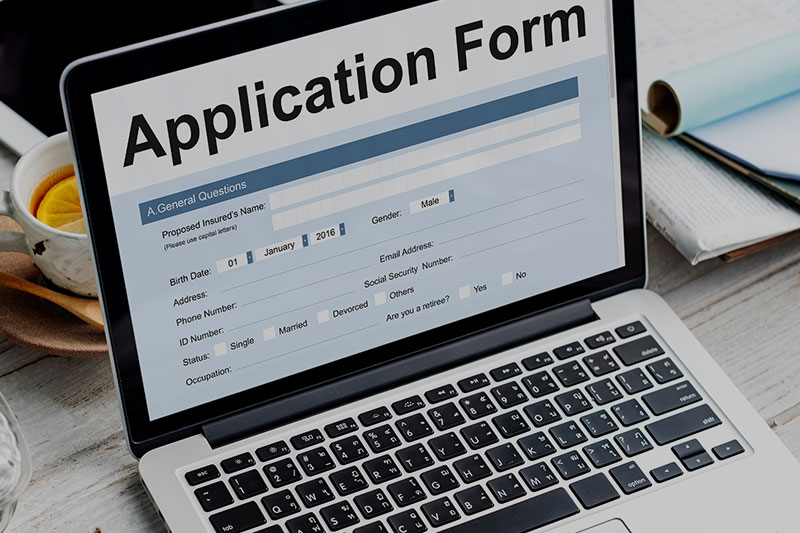Editing is as varied as writing, with each editing type serving a specific purpose, ranging from correcting surface-level errors to making significant improvements to the content, structure, and style of a document.
Each editing type plays a crucial role in the overall editing process, ensuring the final text is polished, clear, and effective in communicating its message.
Here are the features of each editing service you can apply to your text:
1. Proofread: a final review and polish of the text with fresh eyes before submission, publication, presentation, etc. The proofreader looks for and fixes surface-level errors such as:
- misspellings, punctuation issues, minor errors such as typos, and basic grammatical errors
- formatting inconsistencies, such as font usage, heading styles, and spacing
2. Language Edit: a deeper look at language use with corrections and/or suggested changes to maintain the author’s voice and message while engaging the reader by improving:
- language accuracy through fixes in grammar, syntax, and vocabulary choice and usage to ensure clarity and correctness
- flow and readability through changes to awkward phrasing to ensure clear, coherent, and logically connected sentences and paragraphs
- consistency through appropriate use of terminology, tone, and language style throughout the document
* (especially useful for non-native English speakers)
3. Line Edit: a detailed, sentence-by-sentence review of the text to improve:
- clarity and flow by ensuring consistent syntax and sentence structure
- style and tone to ensure it is appropriate for the audience and purpose
- word choice to enhance clarity of expression and precision
- flow and pace to ensure smoothness and appropriate rhythm and pacing, with clear transitions among sentences and paragraphs
- Overall impact by presenting compelling prose
4. Copy Edit: a detailed analysis of the text with corrections and rewrites, often in adherence to a specific style guide, including:
- grammatical errors, spelling mistakes, punctuation issues, and style consistencies
- clarity and coherence of the text by removing redundancies and repetition and ensuring effective communication
- fact-checking to verify details such as dates, proper nouns, and so on
- formatting to ensure adherence to specific formatting guidelines, notably those of the recipient publication or organization
5. Substantive/Developmental Edit: a comprehensive look at the whole text to improve its overall effectiveness in terms of:
- both language use and style choices to ensure the text is not only error-free but engaging and readable
- content and structure, wherein the document is well-organized and logically structured; this may involve significant rewriting or restructuring to improve quality and flow
- development and cohesion to enhance the development of ideas and ensure coherence of arguments and/or narrative across sections, as well as technical accuracy
- purpose and audience by considering and appropriately addressing the intended audience and presenting clear themes, ideas, and settings/characters
- Detailed Feedback, wherein the author(s) is provided detailed feedback on the document’s strengths and weaknesses, including gaps and redundancies, with suggestions for substantial revisions or rework
Light, medium or heavy edit reflects the amount of work the document will need. The more there is to fix, the heavier the edit. A substantive edit is generally considered a heavy edit.

